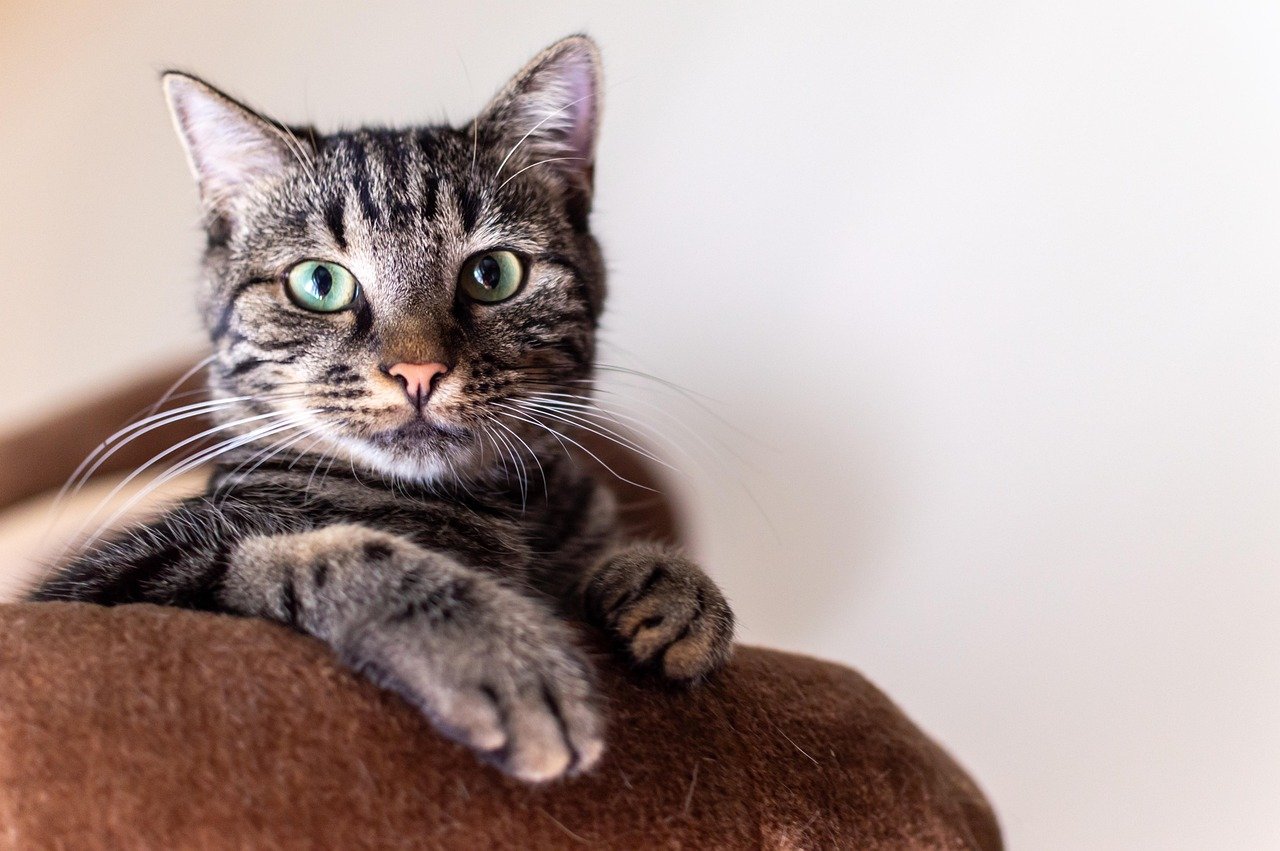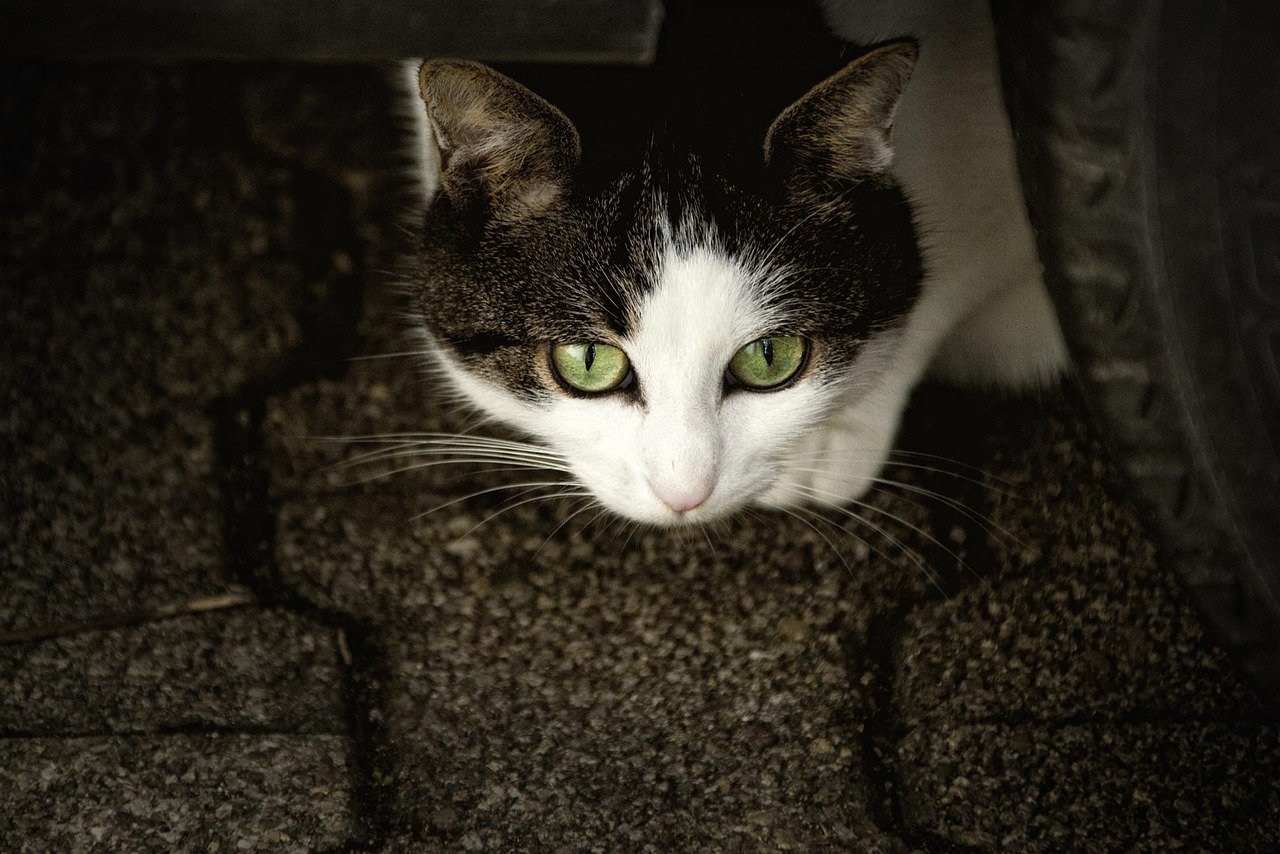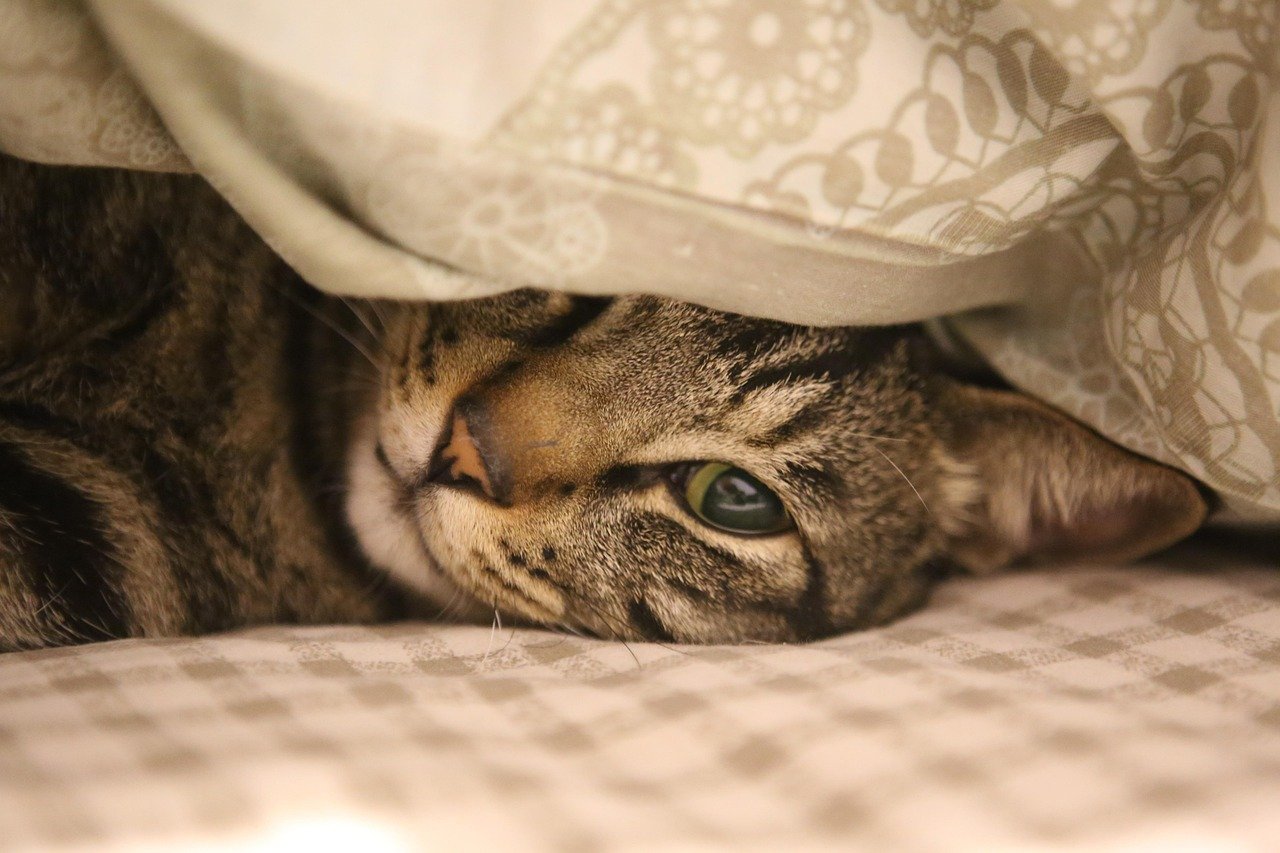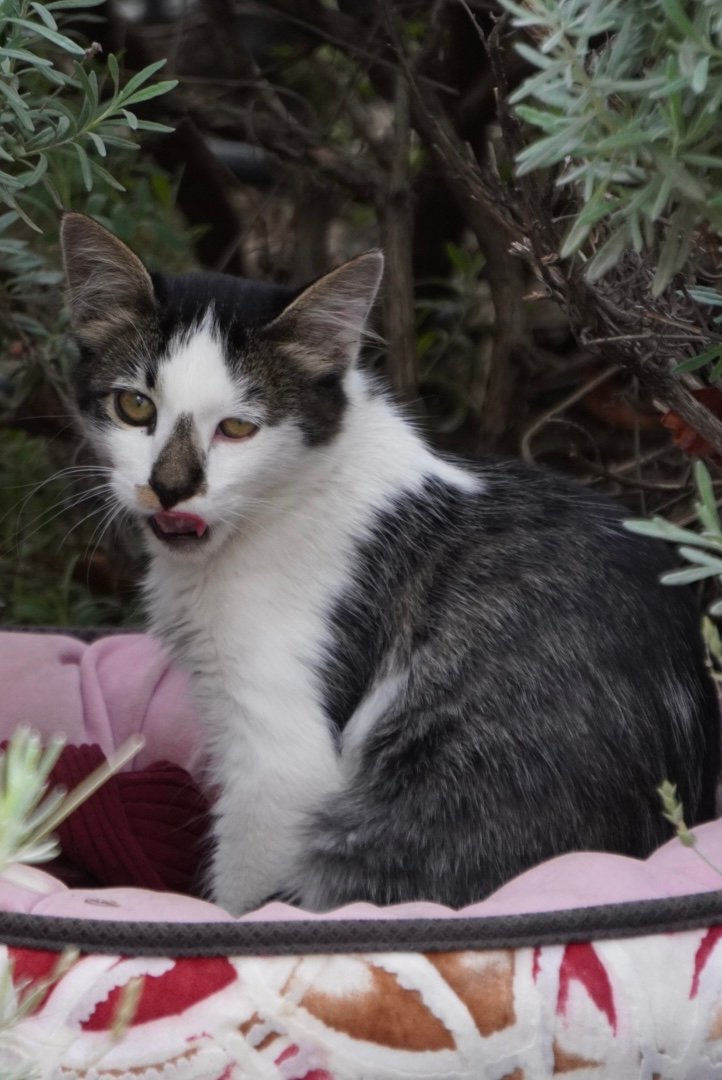Have you ever gazed into the wary eyes of a cat that’s been hurt? There’s a storm of emotion swirling in their gaze—fear, distrust, hope, and maybe, just maybe, a tiny flicker of longing for connection. Earning the loyalty of a cat who’s experienced pain or trauma is a journey paved with patience, gentle gestures, and unwavering kindness. It can be heartbreaking at first—watching them flinch from a hand or hide in a shadow—but the tiniest progress can feel like winning the trust of a wild spirit. If you’re ready to open your heart and learn what it takes to be the hero in a hurt cat’s story, keep reading. This isn’t just about pet ownership. It’s about healing, transformation, and discovering the kind of loyalty that only a cat can give.
Understanding the Depth of Feline Hurt

When a cat has endured trauma, the scars aren’t always visible. You might notice they flinch at sudden movements or shy away from touch. Their world has taught them to be cautious. It’s important to remember that every hurt cat carries a unique story—maybe they were abandoned, neglected, or mishandled. Their behaviors are shaped by these memories. Think of it like approaching someone who’s been through a storm; you can’t expect them to trust the sunshine right away. Earning their loyalty means recognizing this depth of hurt and patiently working to soothe it. The process is as much about unlearning old fears as it is about learning new bonds.
Creating a Safe and Predictable Environment

Cats thrive on routine and security, especially after trauma. Make their space inviting—a cozy bed, quiet corners, and a high perch can make a world of difference. Avoid loud noises or sudden changes in their environment, as unpredictability can trigger anxiety. Keep their litter box, food, and water in easy-to-find spots. A consistent daily routine helps your cat realize they’re in a stable place. Over time, the predictability of your home can replace the uncertainty they’ve known. This foundation of safety is the first step to building trust.
Approaching With Patience—Never Force Interaction

Patience isn’t just a virtue; it’s a necessity when working with a hurt cat. Avoid reaching out to pick them up or pet them if they aren’t ready. Instead, let them come to you at their own pace. You might spend days or even weeks sitting quietly in the same room, allowing your presence to become a comfort rather than a threat. If they approach, reward them with a soft voice or a gentle blink. Remember, every cat moves at their own speed. Forcing interactions can undo progress and deepen their distrust.
Using Body Language to Communicate Safety

Cats are masters at reading body language. Slow movements and a relaxed posture can make you seem less threatening. Try sitting or lying down at their level, and avoid direct eye contact, which can feel intimidating to them. Slow blinking is a cat’s way of saying, “I mean no harm”—so offer gentle blinks and see if they return the gesture. Your body language should be calm and open, signaling that you’re a friend, not a foe. Over time, these subtle cues help bridge the trust gap.
Offering Treats and Positive Reinforcement

Food is one of the quickest ways to a cat’s heart, but it’s also a powerful tool for building trust. Use treats to reward small steps, like coming closer or exploring a new space. Don’t toss treats at them; gently place them nearby and let the cat decide when to approach. Over time, they’ll associate your presence with positive experiences. Celebrate every little victory—each treat they accept is a step toward loyalty. Just remember, consistency is key, and never use treats to lure them into uncomfortable situations.
Allowing the Cat to Set the Pace

Every cat heals at their own rate. Some may warm up in days, while others need months. Let your cat decide when they’re ready for more interaction. Watch for signs like approaching you, rubbing against your leg, or even just sitting nearby. Respect their boundaries—if they retreat, don’t follow. The power lies in their ability to choose how and when to engage. By giving them control, you’re helping them regain confidence and a sense of safety, which are essential for loyalty to develop.
Understanding Triggers and Avoiding Them

Hurt cats often have specific triggers—sounds, objects, or actions that remind them of past trauma. It could be something as simple as a broom or the jingling of keys. Watch your cat closely for signs of fear, like flattened ears, a puffed-up tail, or hiding. Once you identify a trigger, do your best to avoid or minimize it. In some cases, you can use gradual exposure paired with positive reinforcement to lessen their fear, but always move at their pace. Eliminating or managing triggers shows your cat that you respect their boundaries and want to keep them safe.
Building Trust Through Play

Play isn’t just about fun—it’s a powerful bonding tool. Use interactive toys like wand teasers or feather sticks to engage your cat from a safe distance. Play helps them burn off nervous energy and associate you with positive experiences. It can be especially helpful for shy or fearful cats, as it allows them to interact without physical contact. Remember, never force play; let your cat decide when they’re interested. Over time, shared playtime becomes a ritual that strengthens your bond and builds loyalty.
Respecting Their Need for Solitude

Some days, your cat might crave alone time. This is especially true for those who have been hurt. Respect their desire for solitude by providing hiding spots or quiet rooms where they can retreat undisturbed. Never drag them out from their safe space, even if you’re eager to spend time together. By giving them control over their environment, you’re showing respect for their boundaries. Often, once they feel safe in solitude, they’ll return to you on their own terms.
Gentle Touch and Gradual Contact

When your cat finally allows you near, use the softest touch. Start with short, gentle strokes on the cheeks or under the chin—places most cats enjoy. Pay close attention to their body language; if they stiffen or move away, stop immediately. Gradually increase contact as they become comfortable, always letting them initiate. This slow, respectful approach teaches your cat that human touch isn’t something to fear, but a source of comfort and affection.
Speaking in Soft, Reassuring Tones

Your voice is a powerful tool for soothing a hurt cat. Speak in soft, calm tones, avoiding loud or sudden noises. Some cats respond to gentle singing or reading aloud, as the rhythmic sound can be comforting. Use their name frequently in positive contexts to help them associate it with safety and affection. Over time, your voice becomes a familiar and reassuring presence, even when you’re not physically close.
Establishing Routine and Consistency

Cats find comfort in routine, especially those recovering from trauma. Feed them at the same times each day, clean their litter regularly, and stick to predictable patterns. This consistency helps them anticipate what comes next, reducing anxiety. Routine isn’t just about the basics—try to incorporate regular playtime and quiet bonding moments, too. The more they know what to expect, the more secure they’ll feel, paving the way for deeper loyalty.
Providing Comforting Scents and Familiar Objects

Smell is a powerful sense for cats. Offer blankets, toys, or bedding that carry your scent or the scent of their previous home (if available and positive). These familiar smells can provide reassurance and comfort. You might also use synthetic feline pheromone diffusers, which mimic the calming signals cats naturally produce. By filling their space with comforting scents, you create an environment that feels safe and inviting.
Encouraging Positive Interactions With Other Pets

If you have other pets, introduce them slowly and carefully. Hurt cats can be easily overwhelmed by new animals. Start with scent exchanges—swap bedding or toys so they become familiar with each other’s smell. Allow visual contact before physical interaction, using baby gates or cracked doors. Always supervise meetings and never force contact. Positive interactions with other pets can help a hurt cat learn to trust not just humans, but the world around them.
Monitoring Health and Addressing Pain

Sometimes, hurt cats are dealing with physical pain as well as emotional scars. Schedule a thorough vet checkup to rule out injuries, dental issues, or underlying illnesses. Chronic pain can make cats irritable or withdrawn, and addressing these problems is crucial for building trust. Follow your vet’s advice on treatment or medication. When a cat feels better physically, they’re more likely to open up emotionally.
Celebrating Small Wins and Progress

Every step forward, no matter how tiny, is worth celebrating. Maybe today your cat took a treat from your hand, or sat near you for the first time. These moments are powerful reminders that trust is growing. Keep a journal to track progress or snap photos to celebrate milestones. Sharing your journey with friends or online communities can provide encouragement. Recognizing progress, rather than focusing on setbacks, keeps you motivated and positive.
Learning to Read Their Unique Signals

Every cat has their own way of communicating. Some purr when content, others when scared. Pay attention to their tail position, ear movement, and vocalizations. Over time, you’ll learn to distinguish between “I’m scared,” “I’m curious,” and “I’m happy.” This understanding helps you respond appropriately, reducing stress for both of you. It’s like learning a secret language—the more fluent you become, the stronger your bond.
Introducing New Experiences Gradually

Once your cat is comfortable at home, slowly introduce new experiences—like meeting visitors, exploring new rooms, or short car rides. Always move at their pace, and use treats or praise to reinforce positive reactions. Keep new experiences short and positive, gradually increasing exposure as your cat’s confidence grows. Each successful new experience builds resilience and trust, proving to your cat that the world isn’t as scary as it once seemed.
Seeking Help When Needed

Sometimes, despite your best efforts, progress stalls or problems persist. Don’t hesitate to seek help from a feline behaviorist or veterinarian. Professionals can offer tailored strategies and support, helping you and your cat overcome hurdles together. There’s no shame in asking for help—sometimes, another perspective is exactly what’s needed to break through. Remember, you’re not alone in this journey, and support is always available.
Committing to Unconditional Love

Earning the loyalty of a hurt cat is a commitment—sometimes a lifelong one. There will be setbacks, slow days, and moments of doubt. But offering unconditional love, no matter the pace of progress, is what truly makes the difference. Your cat may never be a lap-sitter or a social butterfly, but the loyalty they show in their own unique way is priceless. By accepting them as they are, you create a bond built on trust, respect, and genuine affection. Isn’t that the ultimate reward for any cat lover?
Hi, I’m Bola, a passionate writer and creative strategist with a knack for crafting compelling content that educates, inspires, and connects. Over the years, I’ve honed my skills across various writing fields, including content creation, copywriting, online course development, and video scriptwriting.
When I’m not at my desk, you’ll find me exploring new ideas, reading books, or brainstorming creative ways to solve challenges. I believe that words have the power to transform, and I’m here to help you leverage that power for success.
Thanks for stopping by, Keep coming to this website to checkout new articles form me. You’d always love it!






